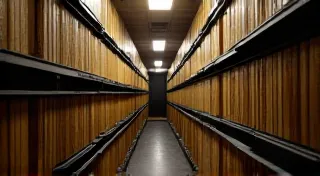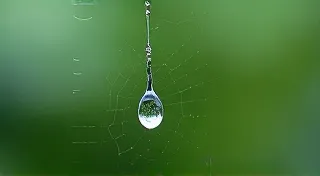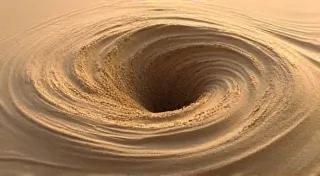The Ink's Secret Language: Interpreting Marginalia on Antique Maps
There’s a certain magic inherent in holding an antique map. It’s not just the faded colors, the intricate cartography, or the historical significance. It's the feeling of connection to a past moment, a journey undertaken, a world perceived differently. But sometimes, that magic is amplified – whispered to you in a fragile, handwritten script found scrawled in the margins. These aren’t just random notes; they are the ink's secret language, revealing personal histories and forgotten narratives held within the paper.
As an antique map restoration specialist, I've spent years handling these precious documents, witnessing firsthand the stories they hold. It’s one thing to appreciate the artistry of the mapmaker; it's another entirely to discover the thoughts and observations of those who held and used these maps centuries ago. Each annotation is a portal, offering glimpses into the lives of merchants, explorers, surveyors, and even casual observers captivated by the world unfolding before them.
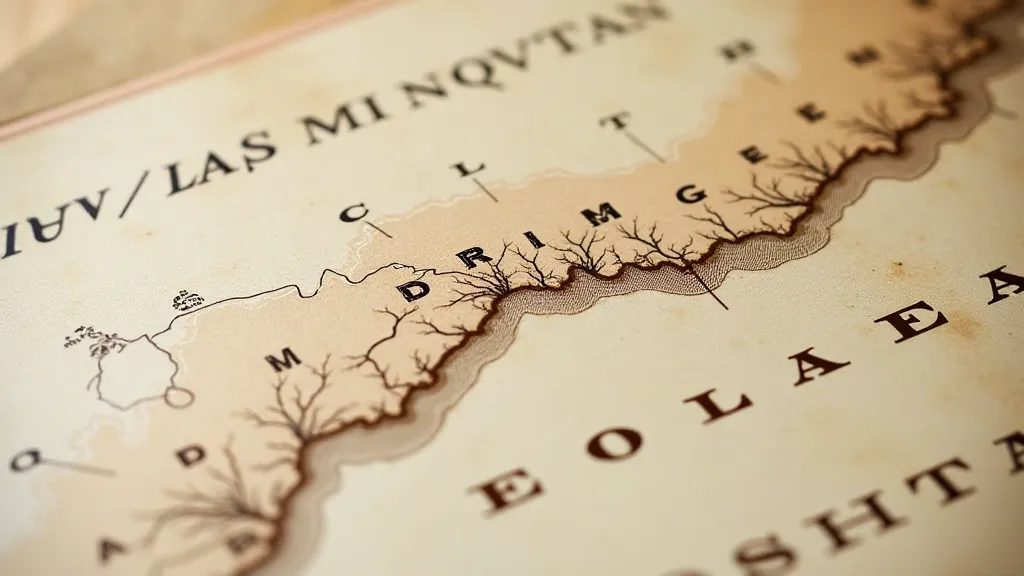
A Window to the Past: The Types of Marginalia
Marginalia can take many forms. Some are straightforward – a simple name or date marking ownership. These details can be invaluable for provenance research, helping to trace the map's journey through time. Others are more cryptic – calculations, abbreviations, or diagrams that require more detective work to decipher. And then there are the truly personal entries - observations about trade routes, political climates, or even philosophical musings related to the world depicted on the map.
Consider a 17th-century Dutch sea chart I once restored. The main cartography was meticulous, showing the coastline of Brazil. However, tucked into the margin, in a slightly shaky hand, were notes detailing the cost of spices, the prevailing winds, and a worried observation about the frequency of pirate attacks. It was a snapshot of a merchant's life, intertwined with the risks and rewards of international trade. It wasn’t just a map; it was a business ledger, a weather report, and a personal journal all rolled into one.
Deciphering the Script: Challenges and Techniques
Of course, interpreting marginalia isn’t always straightforward. The inks used centuries ago were often made from organic materials, resulting in variations in color and fading. Paper degradation can also obscure the writing, making it difficult to read. Different handwriting styles, regional dialects, and the occasional intentional secrecy (a clandestine meeting location perhaps?) add further layers of complexity.
When faced with particularly challenging script, I employ several techniques. Careful lighting is essential - angling the map to catch the light can reveal hidden details. Magnification, of course, is crucial, and occasionally, ultraviolet light can help to reveal faint traces of ink. Historical dictionaries and paleographic guides are invaluable resources for understanding archaic spellings and abbreviations.
Beyond the technical aspects, empathy plays a vital role. Trying to understand the context in which the note was written – the author’s potential motivations and knowledge – can provide clues to its meaning. It’s about more than just translating words; it’s about reconstructing a moment in time.
Historical Context: More Than Just a Note
The value of marginalia extends far beyond its potential monetary worth. It offers a unique perspective on historical events and social customs. For example, annotations on maps of colonial territories can shed light on the interactions between European explorers and indigenous populations, revealing perspectives often absent from official records.
I remember working on a map of North America dating from the early 18th century. The cartography itself was standard for the period, depicting the territory as “New France.” However, several marginal notes, written in a hurried, almost anxious hand, recounted encounters with native tribes, detailing treaties negotiated and warnings given. These weren’t the polished accounts found in official documents; they were raw observations from someone on the front lines of colonial expansion. They humanized the process in a way that formal documents never could.
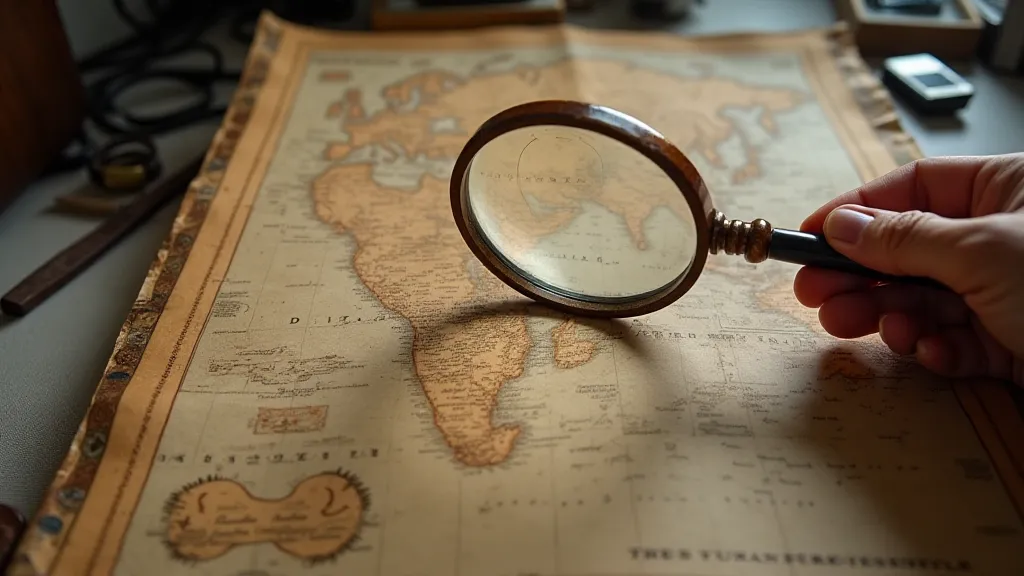
Preservation and Restoration: Respecting the Narrative
As a specialist, my role isn’t just to interpret the marginalia, but to ensure its preservation. Any restoration work must be undertaken with the utmost care, avoiding any interventions that could damage the original script. Deacidification is often necessary to stabilize the paper and prevent further degradation, but the process must be gentle enough not to erase the ink.
Similarly, any repairs to tears or losses must be executed with materials that are compatible with the original paper, ensuring the map's long-term stability. We are stewards of these historical artifacts, entrusted with safeguarding them for future generations. The act of restoration isn't just about physical preservation; it's about preserving the stories embedded within the paper.
The Collector’s Insight: Beyond the Cartography
For collectors of antique maps, marginalia can significantly enhance the value and interest of a piece. A map with a particularly intriguing or historically significant annotation can be worth far more than a pristine example of the same cartography. It's not just about the artistry of the mapmaker; it's about the connections forged through time, the personal narratives woven into the fabric of the document.
It’s a testament to the enduring power of human connection, the way we leave our mark on the world, however fleeting. A single line of ink, seemingly insignificant, can unlock a treasure trove of historical information, providing a deeper understanding of the past and a profound appreciation for the human experience.
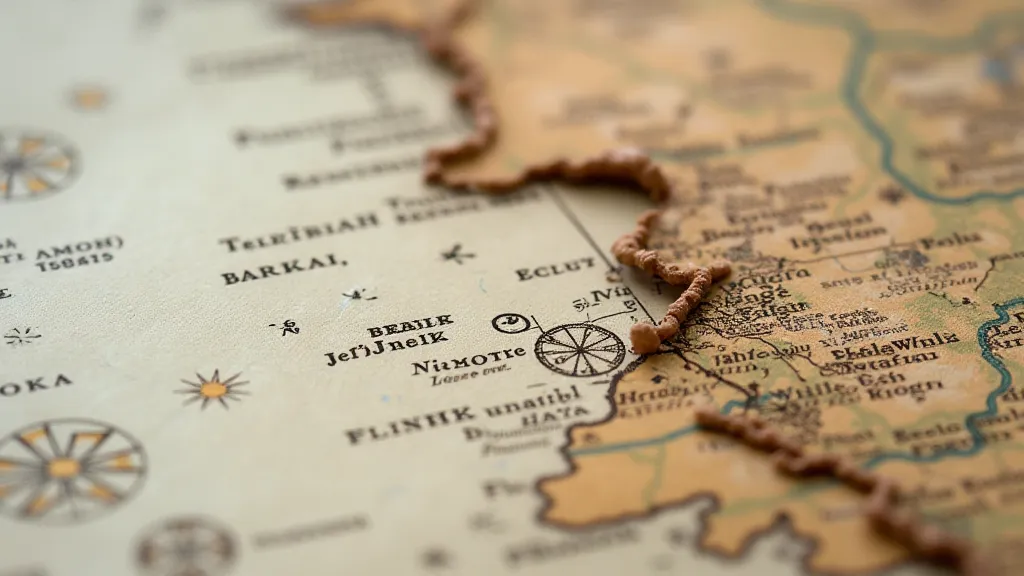
A Continuing Legacy
The secrets held within antique maps are far from exhausted. Every new discovery, every deciphered annotation, adds another layer to our understanding of the past. As we continue to examine these precious documents, we unveil a world of personal stories, forgotten narratives, and profound connections that transcend time. It’s a privilege to be a part of this ongoing exploration – to listen to the ink’s secret language and share its whispers with the world.

